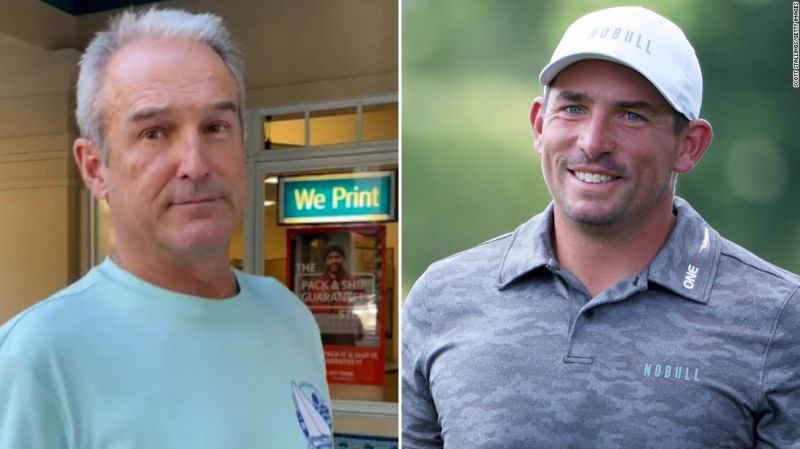The Trump administration is once again free to fire probationary employees. For now.
The U.S. Court of Appeals for the Fourth Circuit, in a 2-to-1 decision, sided with the government on Wednesday to block a lower-court ruling in Maryland that had led to the reinstatement of thousands of federal workers who had been fired in February.
The purge of the employees had marked one of the first stages of President Trump’s plan to rapidly downsize the civil service and overhaul or eliminate entire offices and programs. Since then, the status of the workers has been tied up in legal battles over whether the firings had been carried out lawfully.
The Wednesday appeals court decision came a day after the Supreme Court blocked a similar ruling in California reining in the government in a separate case. There is now no court order in place to stop the government from firing probationary employees.
Both courts ruled on narrow issues of standing: whether the probationary firings harmed the plaintiffs so much that they had the right to sue in district court.
In California, nonprofit organizations sued the government over the firings at six agencies because they said they benefited from the services the federal workers provided. In Maryland, 19 states and the District of Columbia sued 20 federal agencies, arguing that the government was obligated to give them notice when personnel actions could abruptly and significantly increase demand for unemployment benefits.
It was not immediately clear what the latest decision meant for the thousands of fired probationary employees, nearly all of whom had been recently reinstated as a result of district court orders. The back-and-forth has left the employees in a state of limbo, wondering if they will be fired again after having just been rehired.
The day of Mr. Trump’s inauguration, the Office of Personnel Management, the government’s human resources arm, directed agencies to compile lists of all probationary employees. The workers were considered easier to fire because they lacked the civil service protections of longer-term employees.
The Partnership for Public Service, a nonprofit that promotes best practices in government, estimated earlier this year that the government employed more than 250,000 of them. The Trump administration has not disclosed the exact number of probationary workers who have been fired, but court filings indicate that the figure is more than 20,000.
While the cases challenging the firing of probationary employees have plodded through the courts, the Trump administration has moved ahead with other stages of mass layoffs. Shortly after they were reinstated last month, some of the probationary employees heard that they would be let go again as part of another round of layoffs.
Mr. Trump has directed the government to substantially downsize the federal work force of more than two million.
The court decisions on Tuesday and Wednesday did not address whether the federal government followed the law when it fired the probationary workers en masse. If the courts decide that the plaintiffs cannot bring the challenges, questions about the legality of the firings may go unanswered.
“That does not mean, however, that the probationary employees lack valid claims,” said Nick Bednar, an administrative law expert at the University of Minnesota. “The problem is determining how these employees will find relief.”
In multiple cases challenging the Trump administration’s personnel actions, the federal government has argued that Congress established a separate system for federal employees to handle employment disputes: the independent Merit Systems Protection Board. But that system, experts say, was not designed to handle the number of mass firings carried out by the Trump administration.
Mr. Trump fired the head of that board, Cathy Harris, who then sued. Ms. Harris has since been reinstated and fired again multiple times.
The latest twist came on Wednesday, when the Supreme Court sided, for now, with the Trump administration, allowing the government to remove her, along with Gwynne Wilcox, who leads the National Labor Relations Board, another independent panel that protects federal workers’ rights.
Ms. Harris and Ms. Wilcox will remain fired while the Supreme Court reviews the case, according to an interim order issued by Chief Justice John G. Roberts Jr.













